Washing machine siphon effect
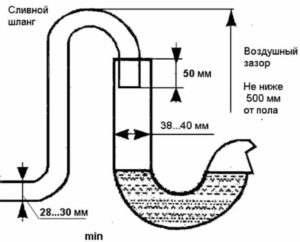 Due to the siphon effect, the washing machine may spontaneously drain water from the drum into the drain or, worse, take back the already drained liquid. All this has a bad effect on the washing process: things are poorly washed, the machine “freezes” and gives an error. Improper installation of the washing machine leads to this phenomenon, and more often than not, residents of the upper floors of apartment buildings suffer. It remains to figure out why this happens and how to prevent it.
Due to the siphon effect, the washing machine may spontaneously drain water from the drum into the drain or, worse, take back the already drained liquid. All this has a bad effect on the washing process: things are poorly washed, the machine “freezes” and gives an error. Improper installation of the washing machine leads to this phenomenon, and more often than not, residents of the upper floors of apartment buildings suffer. It remains to figure out why this happens and how to prevent it.
Why does this phenomenon occur?
The reason for the siphon effect on the washing machine lies in the incorrect installation of the machine. More precisely, the unit is installed without alignment with the body or the drain hose is connected too low. In this case, a difference in pressure occurs, the washer “squeezes” water out of the drum or begins to pick up waste from the sewer.
The bend of the drain hose should be at a height of 50-60 cm from the floor level.
To avoid mistakes during installation, you must act strictly according to the instructions. As a rule, the outlet of the drain hole into the sewer should be at a height of 50-100 cm from the floor. Then the bend of the hose is located above the maximum water level in the drum, and after the cycle, the waste liquid is pumped into the drain in the usual way. When the sleeve is lowered below the 50 cm mark, problems arise; self-draining occurs with all the consequences.
You can suspect a siphon effect based on several signs: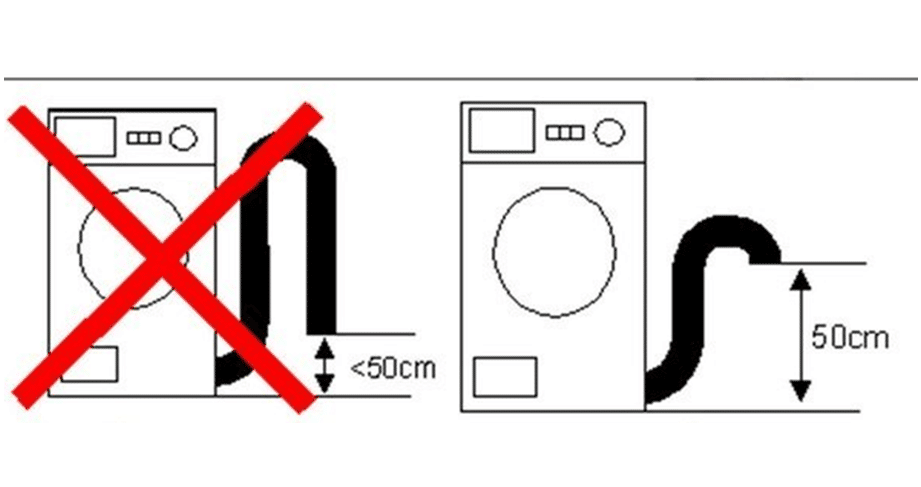
- Washed items smell bad;
- the washing program lasts longer than usual;
- the drain does not work, the water remains in the drum;
- the laundry became worse to wash.
It is the siphon effect that causes all such manifestations. If the diameter of the sewer pipe is larger than the drain hose or the bending height of the hose was incorrectly adjusted during installation, the pressure is discharged and smart equipment begins to extract the missing liquid from the water supply or drainage. All this affects the duration of the cycle and the quality of washing.
A special valve will help
You can protect yourself from the siphon effect of your washing machine using a check valve. This device controls water drainage and prevents waste from returning to the drum. Thanks to a special valve, the device allows water to drain during standard drainage, but closes the entrance to the machine if the intake from the sewer begins.
Manufacturers of household appliances are just beginning to equip new models of washing machines with built-in check valves. Owners of already produced machines have to take care of preventing the siphon effect on their own and purchase additional devices. You will have to choose from the following types of devices:
- solid;
- segmented;
- mortise;
- wall;
- installed under the sink.
Valves differ in the nuances of installation, size and scope of application. Thus, segmented ones are used in the presence of dirty tap water, as they are easily disassembled and can be cleaned from debris and scale without any problems. Wall-mounted devices are compact and attractive in appearance, they are more expensive and are installed if the existing drain is located close to the walls and the front panel of the washing machine.
Mortise valves are installed directly into the sewer pipe: first, the insert is mounted, and the device itself is fixed in it. Dampers installed to the siphon under the sink are considered universal, as they are suitable for all plumbing fixtures, are inexpensive and easy to connect.
You need to think about installing a check valve if the washing machine is connected directly to the sewer, the pipe is located low, and there is no way to raise the joint. When equipping the machine with a standard hose configuration and subsequent connection through a siphon, there is no need to worry: in this case, the siphon effect does not threaten.
How does the device work?
Installing a check valve will prevent the siphon effect of the washing machine. The device is mounted in a sewer pipe, and the joints are covered with special reflectors. You can do it yourself, but it is better to involve specialists.
As a result, the drainage system is stabilized. After the cycle stops, waste water is pumped out of the drum and does not return, even if there are problems with pressure and other breakdowns.
Connection nuances
The siphon effect can be prevented by correct installation of the washing machine. It is not necessary to invite a plumber; the main thing is to follow the instructions and monitor the height of the hose. It is advisable to clean the drain and pipes before connecting the machine, ensuring free flow of liquid.
It is important to securely fix the drain hose. Remember that when the pump is operating, the hose “pulsates”, and a weak fastening can break and lead to a leak with all that it entails.
Interesting:
Reader comments
- Share your opinion - leave a comment


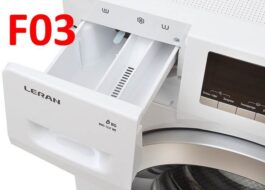
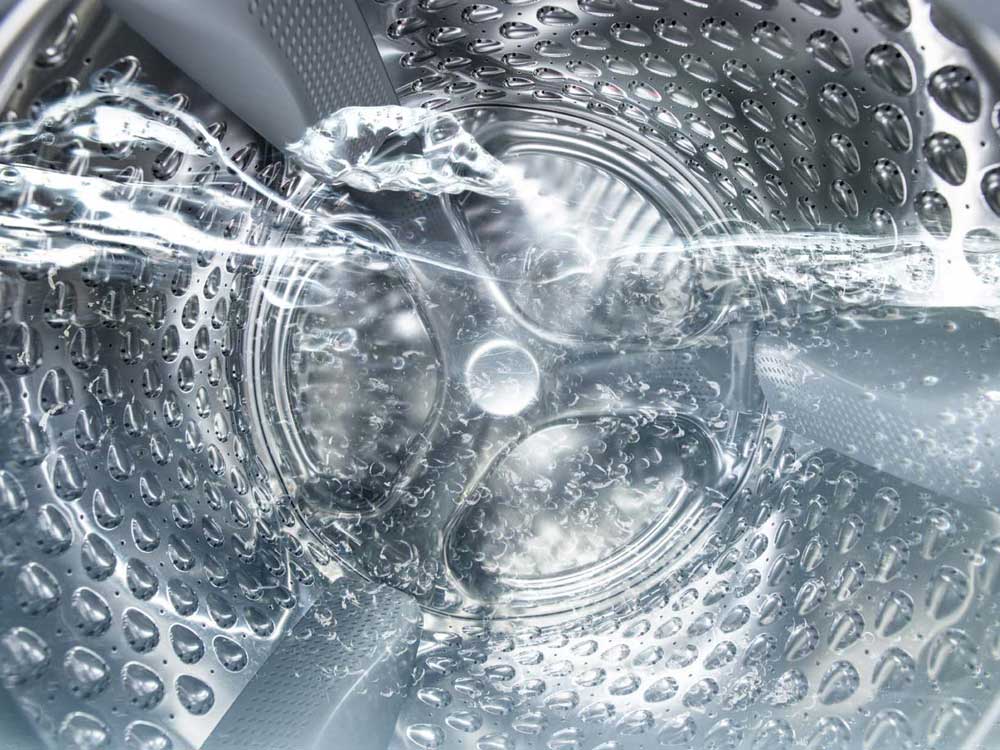
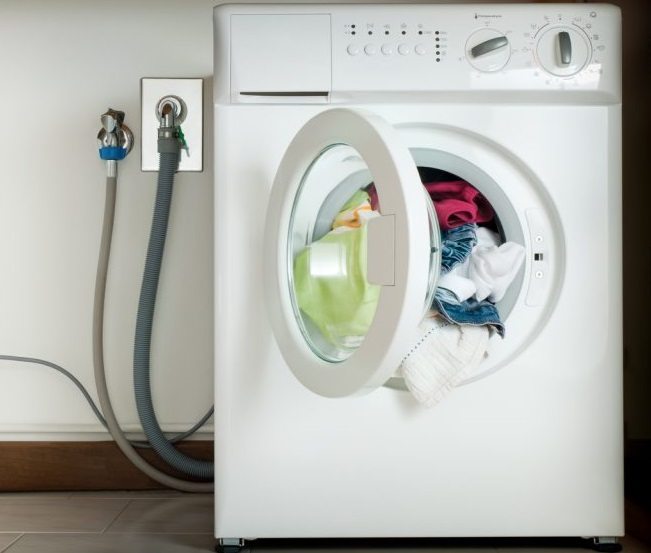
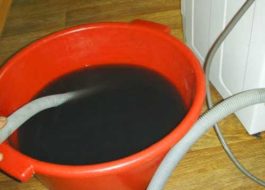
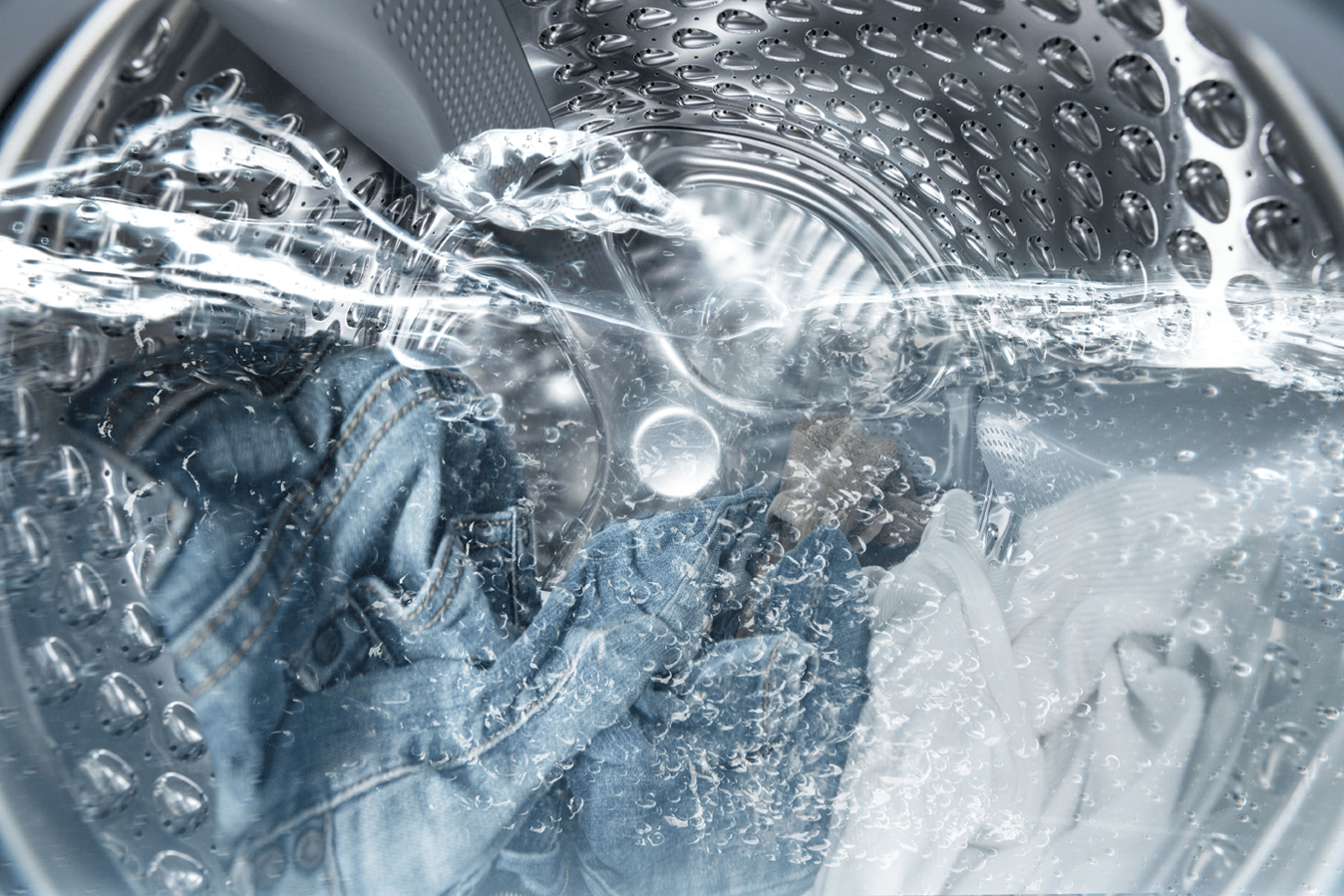














Add a comment